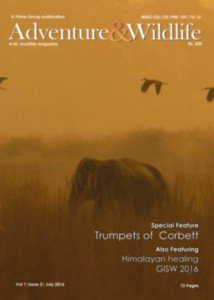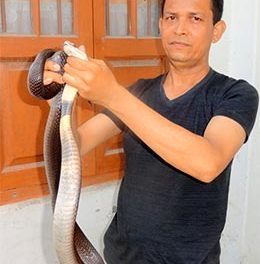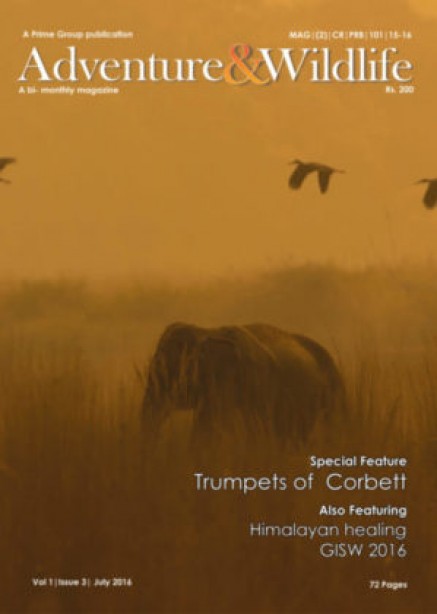
City turns into birder’s paradise
From Afghanistan to Siberia, birds from across the world are flocking to the city for the winter.
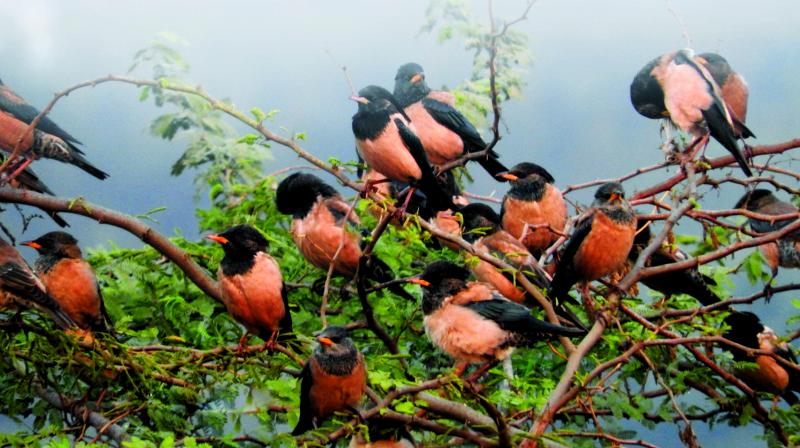
Flock of Rosy starlings
November may not be as cool in Mumbai as it is in the rest of the country, but bird watchers are out in their gear and field hats, spotting exotic species of winged guests, flying into the city. And while there are many local migratory birds you can spot around this time in the city, if you’re lucky, you may even catch a glimpse of birds from as far away from Afghanistan and Siberia as they head to the wooded areas here.
These feathery visitors usually arrive in late October and November, staying on until March. However, says naturalist and wildlife photographer Yogesh Chavan, some birds prefer staying on till April. This is thanks to the improvised feeding grounds in the city, like the Sewri Jetty.
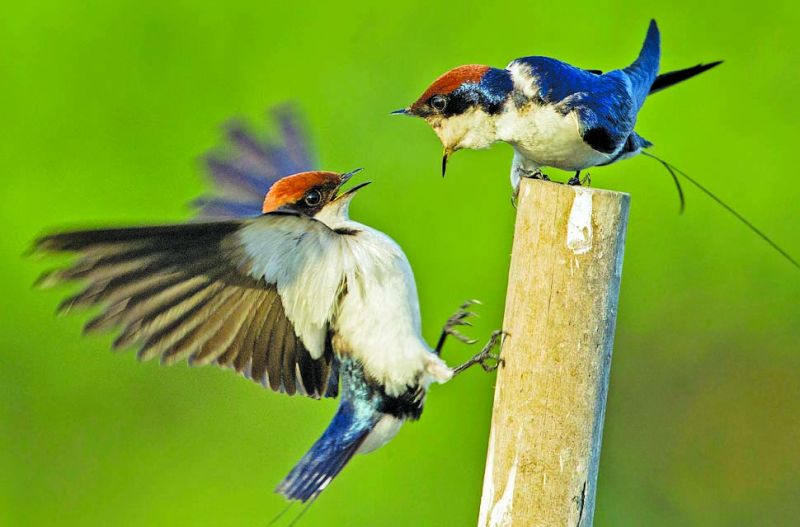
Wire-tailed swallow
Adarsh Shetty, a wildlife photographer who also takes part in bird walks around the time, says that one can spot flamingos easily in large numbers at the jetty, as well as the Thane-Airoli creek area. This is besides other birds. “If you’re lucky, you can spot a sarva crane, as well as the demoiselle crane, which crosses the Himalayas to get to India. Spotting them is a matter of luck. In the mornings they’ll be in one place, and by evening they’ll be gone,” Adarsh warns amateur bird-spotters.
Photographer Vinod Udhwani adds that a species called waders, which comprise plovers (little ringed and lesser sand) migrate from Kazakhstan, and can be seen in Navi Mumbai. “Like waders, other shoreline birds include common, marsh and wood sandpipers,” he lists. “There are also herols, and tern. All these can be seen around Sewri, Navi Mumbai and Uran shoreline, and alongside the creek.”
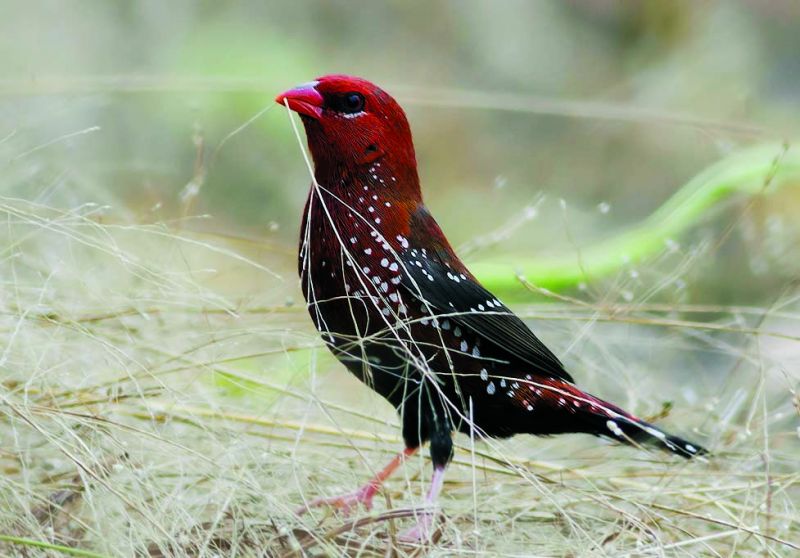
Red avadavat (Photo: Vinod Udhwani)
The amur falcon too was spotted in Mumbai — an uncommon sight. “Recently, someone posted on Facebook that they spotted one near Bhandup. It’s on its way to Africa, and Mumbai is one of its spots,” Yogesh explains.
So, how does one spot a bird during the walks? “You have to hear the call,” says Adarsh. “If you can track it, that’s good. If you can’t, keep looking around. And if you see the bird and can’t identify it, write down its key characteristics like the colour of the wings or beak. That helps in identification.”
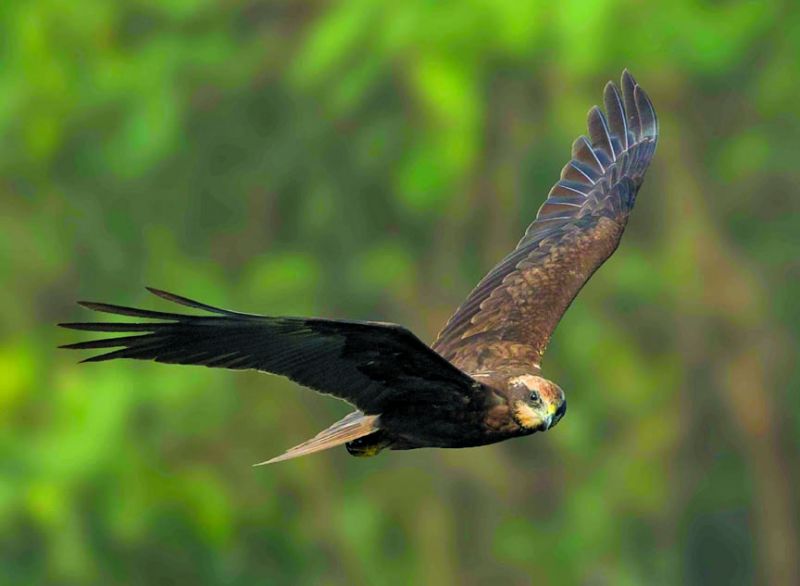
Marsh harrier
Among the various winter migratory birds, brown-headed gull and black-headed gull moving from inner Mongolia are commonly seen, apart from the ruddy turnstone from Siberia. One can also spot the rosy starling, a cousin of mynah, which spends its entire winter only in India.
“Bhandup Pumping Station is where one can see all the migratory birds,” adds Yogesh. “Thanks to the grasslands and water body, inflow of birds is large here and has more variety. The osprey, a big sized bird is seen around Navi Mumbai and Kharghar, while the whiskered tern is seen at Sewri.”
While bird watching usually happens in November, Vinod says there are birds people tend to miss out all year round. “The coppersmith barbet, common tailorbird, oriole bird and a variety of egrets are usually resident birds. Even parakeets you can see through the city,” he lists.
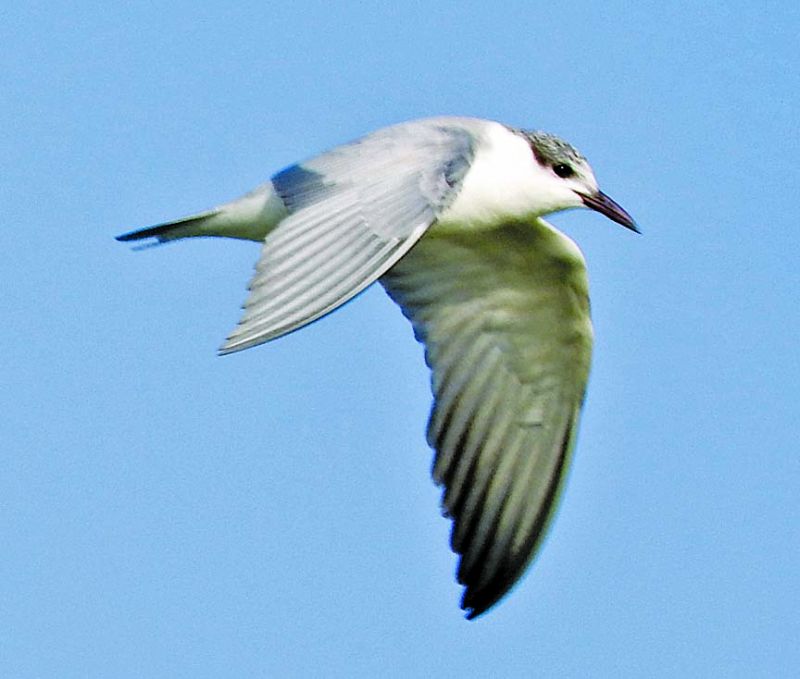
Whiskered tern (Photo: Yogesh Chavan)
But thanks to the construction around Thane and Sewri, the number of migratory birds coming in has reduced. “There has been a tremendous amount of habitat destroyed because of it,” sighs Vinod, adding that Alibaug is still a good option to check some birds out.
Source: http://www.asianage.com/life/more-features/081117/city-turns-into-birders-paradise.html


